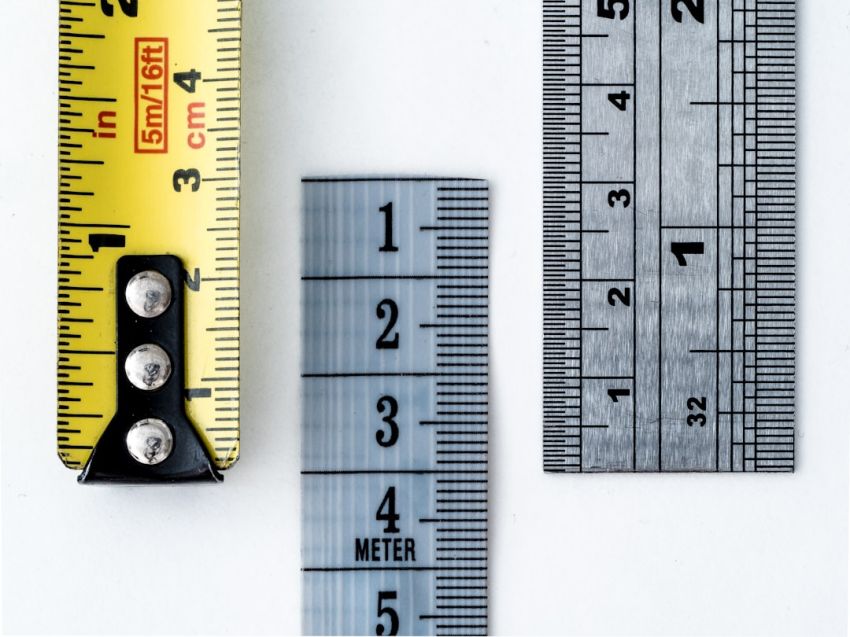What Is the Process for Measuring Body Fat

Understanding Body Fat Measurement Techniques
When it comes to assessing overall health and fitness, the measurement of body fat percentage plays a crucial role in determining an individual’s well-being. Body fat percentage is the proportion of fat tissue to lean tissue in the body, and it provides valuable information about a person’s overall health and fitness level. Unlike the simple measurement of body weight, which does not differentiate between fat and muscle mass, body fat percentage gives a more accurate picture of one’s body composition. In this article, we will explore the various methods used to measure body fat percentage, their advantages, and limitations.
Calipers: A Traditional Approach
One of the most common methods for measuring body fat percentage is using skinfold calipers. This traditional approach involves using calipers to pinch the skin and underlying fat at various points on the body. By measuring the thickness of the skinfold, trained professionals can estimate the amount of subcutaneous fat present. The sum of these measurements is then used to calculate body fat percentage using specific formulas based on age, gender, and body fat distribution. While calipers are relatively inexpensive and easy to use, the accuracy of this method can vary depending on the skill of the person administering the test.
Bioelectrical Impedance Analysis (BIA): Quick and Convenient
Bioelectrical impedance analysis (BIA) is another popular method for measuring body fat percentage. This non-invasive technique works by sending a low-level electrical current through the body and measuring the resistance encountered by different tissues. Since fat tissue has lower water content and conducts electricity differently than muscle tissue, BIA can estimate body fat percentage based on the impedance of the electrical signal. BIA devices are widely available and can be used at home, making this method convenient for regular monitoring. However, factors such as hydration levels, meal timing, and exercise can influence the accuracy of BIA measurements.
Dual-Energy X-ray Absorptiometry (DEXA): Gold Standard for Accuracy
Considered the gold standard for body composition analysis, dual-energy X-ray absorptiometry (DEXA) provides detailed information about bone density, muscle mass, and body fat percentage. DEXA scans use low-dose X-rays to differentiate between different tissues in the body, allowing for precise measurements of fat mass, lean mass, and bone mineral density. While DEXA scans offer unparalleled accuracy and can provide valuable insights into overall health, they are typically more expensive and require specialized equipment, limiting their accessibility for routine body fat measurements.
Air Displacement Plethysmography: The Bod Pod
Air displacement plethysmography, commonly known as the Bod Pod, is a method that measures body composition by calculating body volume and density. This technology works by determining the amount of air displaced by the body inside a sealed chamber, which is then used to estimate body fat percentage. The Bod Pod is non-invasive, fast, and does not expose individuals to radiation, making it a safe and reliable option for measuring body fat percentage. However, the cost of a Bod Pod session and the need for specialized equipment can be barriers for widespread use.
Ultrasound Imaging: Visualizing Body Fat Distribution
Ultrasound imaging is a technique that uses high-frequency sound waves to create images of internal body structures, including fat deposits. While ultrasound is commonly used for medical diagnostics, it can also be employed to assess body fat distribution and thickness. By visualizing subcutaneous fat layers in different regions of the body, ultrasound imaging provides valuable insights into fat distribution patterns and changes over time. Although ultrasound imaging is non-invasive and does not involve radiation exposure, its utility for routine body fat measurements may be limited by the availability of skilled technicians and equipment.
Infrared Technology: A Modern Approach
Infrared technology, such as infrared light sensors and cameras, is an emerging method for estimating body fat percentage. By measuring the absorption and reflection of infrared light by different tissues, these devices can assess body fat content based on the unique optical properties of fat tissue. Infrared technology offers the potential for non-contact and rapid measurements, making it a convenient option for large-scale body fat assessments. However, further research is needed to validate the accuracy and reliability of these devices compared to traditional methods.
Closing Thoughts on Body Fat Measurement
Measuring body fat percentage is an essential component of assessing overall health and fitness. While various methods are available for estimating body fat content, each approach has its advantages and limitations. From traditional calipers to advanced technologies like DEXA and infrared imaging, the choice of body fat measurement method should consider factors such as accuracy, accessibility, cost, and individual preferences. By selecting a suitable method for body fat assessment and tracking changes over time, individuals can gain valuable insights into their body composition and make informed decisions to support their health and fitness goals.